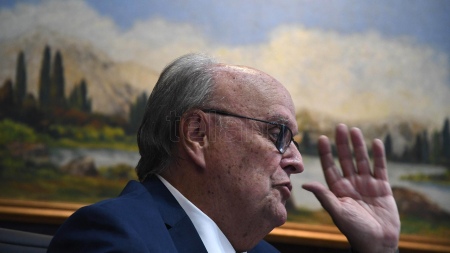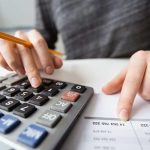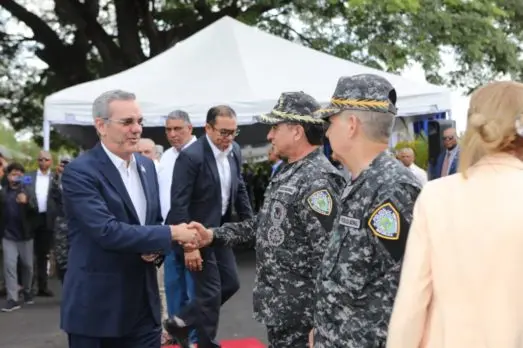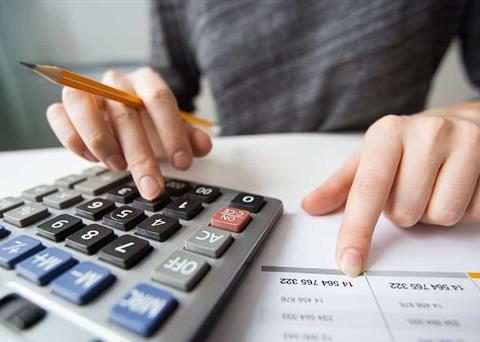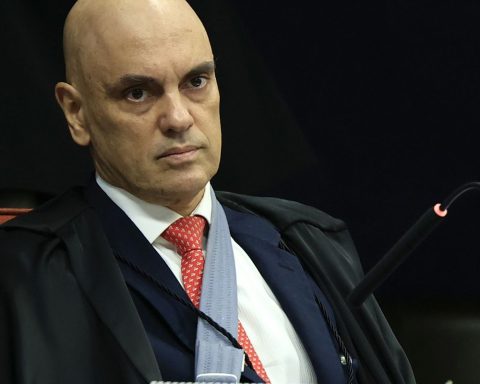The Secretary of Industry, José Ignacio de Mendiguren, stated this Monday that with the reopening of the Export Increase Program (PIE) which establishes a differential exchange rate of the dollar at $230 for the soybean complex, reserves are expected to increase until the end of the year with US$10,000 million freely available.
De Mendiguren pointed out to Futurock that with the reopening of the soybean dollar It is sought that “reserves increase so that the economy reaches the end of the year with US$10,000 million of free availability to have a back, so that tomorrow speculation does not unbalance us.”
The official thus referred to the PIE, whose reopening began this Monday and contemplates an update in the price of the dollar based on the evolution of inflation, taking as a reference the $200 of the first version implemented last September, reaching in this Chance the $230.
In this regard, De Mendiguren pointed out that “nobody wants several exchange rates, we must normalize and stabilize the economy”, but affirmed that “It is a solution, a tool for exceptional circumstances that Argentina is experiencing today.”

He also highlighted that “The first objective is to reinforce reserves”and questioned that “there are people who are betting on a strong devaluation and want to take Argentina to that instance, but without reservations, with the inflation and erosion of wages that Argentina has today, what you have to ask yourself is where does a measure like this”.
In addition, he explained why the soybean complex was chosen, and in this regard he stated that it is “a product where there is volume, where US$ 3,000 million can be requested, which also has less impact on the domestic market because only 8% is sold internally and the rest is exported, and has a 33% retention”.
“This greater collection that will be achieved by increasing the dollar to $230 will be given in subsidies to chicken, pork, and dairy farms, so that the increased price of soybeans does not impact the prices of the domestic market,” De Mendiguren assured.
He also commented that it will also go to the regional economies part of that greater collection and “also to social plans so that it returns to the pocket of the Argentines.”
